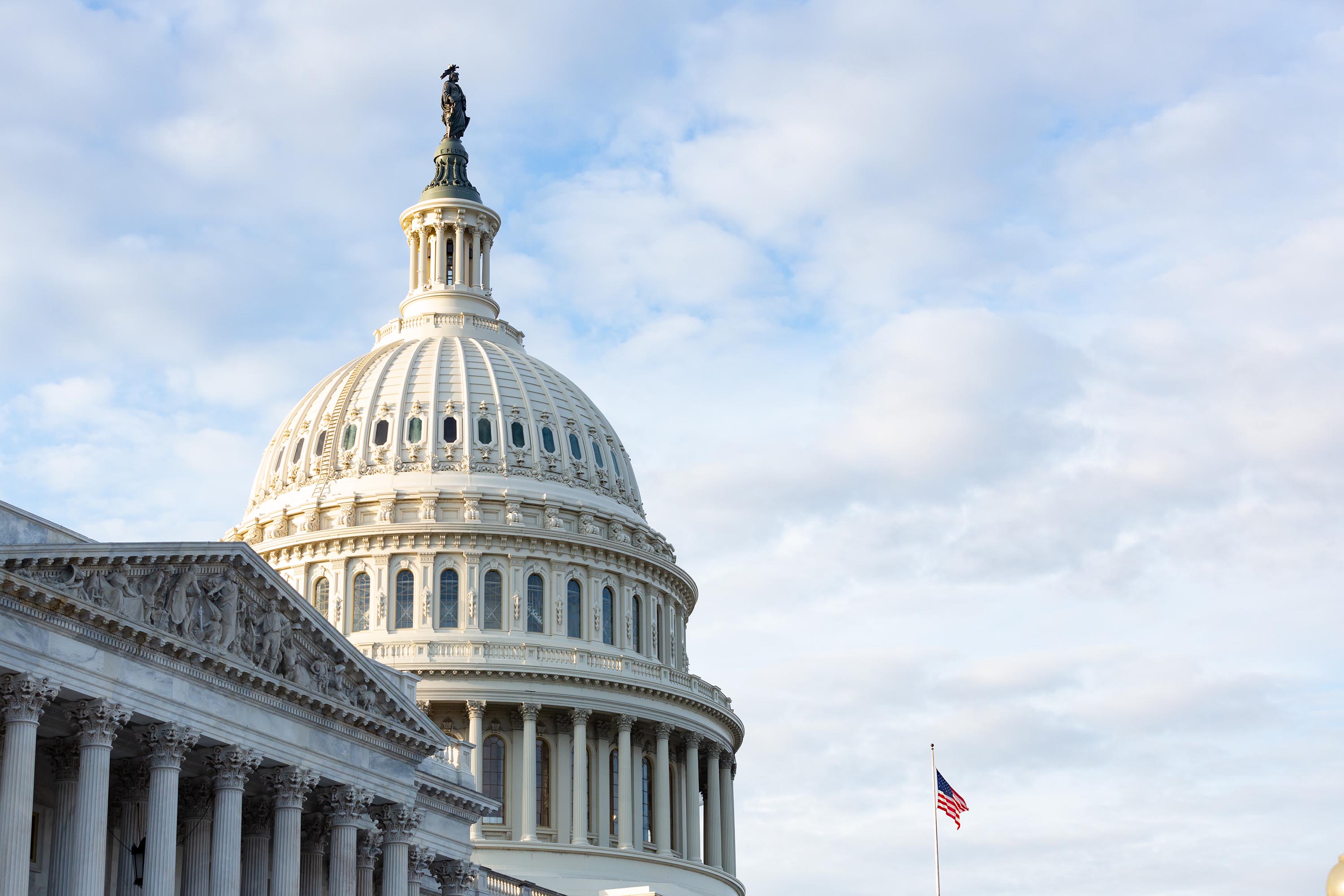
Voters voted. States counted the votes. Challenges were heard and rejected. Now the Electoral College has made President-elect Joe Biden’s victory completely official.
The time for President Trump’s repeated baseless allegations of fraud is over, but that doesn’t mean the drama has ended. Lawmakers follow an archaic timeline set out the Constitution and US law to make Biden president.
Just as then-Vice President Biden oversaw the counting of electoral votes that gave Trump the White House in 2017, now it will be Vice President Mike Pence, Trump’s loyal soldier these last four years, who will announce the vote tally that officially makes Biden the winner. Read more about that here.
And Republicans will have to choose how deeply they want to follow Trump into his rabbit hole of conspiracy theories.
Lawmakers will have the ability to raise objections about the vote — just like some Democrats did in 2017. But while those objections were dismissed easily in 2017, Republican senators could, if they choose, drag the process out this year, and force the House and Senate to vote on individual points.
Here’s a breakdown of what will take place on Jan. 6:
- Electoral votes are counted in Congress.
- Members of the House and the Senate will meet in the House chamber. The President of the Senate — that’s Vice President Mike Pence — will preside over the session and the electoral votes will be read and counted in alphabetical order by two appointees each from the House and Senate.
- They will then give their tallies to Pence, who will announce the results and listen for objections.
- If there are objections, the House and Senate consider them separately to decide how to count those votes.
- There are 538 electoral votes — one for each congressman and senator plus three for Washington, DC. If no candidate gets to a majority — that’s 270 — then the 435 members of the House decide the election. Each state gets a vote. So while there are more Democrats in the House, Republicans, as of now, control more state delegations, so it is possible the House could pick Trump even though there is a Democratic majority.
- The House has until noon on January 20 to pick the President. If they can’t, it would be the vice president or the next person eligible in the line of presidential succession.
You may also like
-
UK coronavirus variant has been reported in 86 countries, WHO says
-
NASA technology can help save whale sharks says Australian marine biologist and ECOCEAN founder, Brad Norman
-
California Twentynine Palms: Explosives are missing from the nation’s largest Marine Corps base and an investigation is underway
-
Trump unhappy with his impeachment attorney’s performance, sources say
-
Lunar New Year 2021: Ushering in the Year of the Ox

